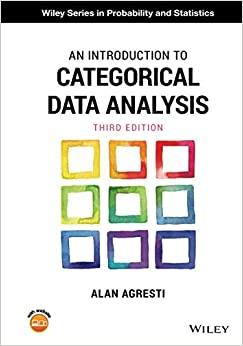Answered step by step
Verified Expert Solution
Question
1 Approved Answer
The estimated population, in thousands of people, of city A can be be modeled by the function f(t)=15(1.03)', where t is the number of

The estimated population, in thousands of people, of city A can be be modeled by the function f(t)=15(1.03)', where t is the number of decades (10-year period) since 1980. anodonut odi The estimated population, in thousands of people, of city B can be modeled by the function g(t)=0.41+16, where t is the number of decades since 1980. Part A Complete this table, showing both estimated population values, rounded to the nearest tenth, for each city based on the number of decades since 1980. Estimated Populations of Cities A and B Part B Decades Since 1980 City A City B (thousands of people) (thousands of people) 0 15 16 1 15.5 16.4 2 15.9 16.8 3 16.4 17.2 4 16.9 17.6 Using the table in Part A, complete this table showing population increases, in hundreds of people, each decade. Population Increases from Previous Decade for Cities A and B Decades Since 1980, n 2 3 Increase of City A (hundreds of people), f(n) f(n-1) Increase of City B (hundreds of people), g(n)-g(n-1)
Step by Step Solution
There are 3 Steps involved in it
Step: 1

Get Instant Access to Expert-Tailored Solutions
See step-by-step solutions with expert insights and AI powered tools for academic success
Step: 2

Step: 3

Ace Your Homework with AI
Get the answers you need in no time with our AI-driven, step-by-step assistance
Get Started


